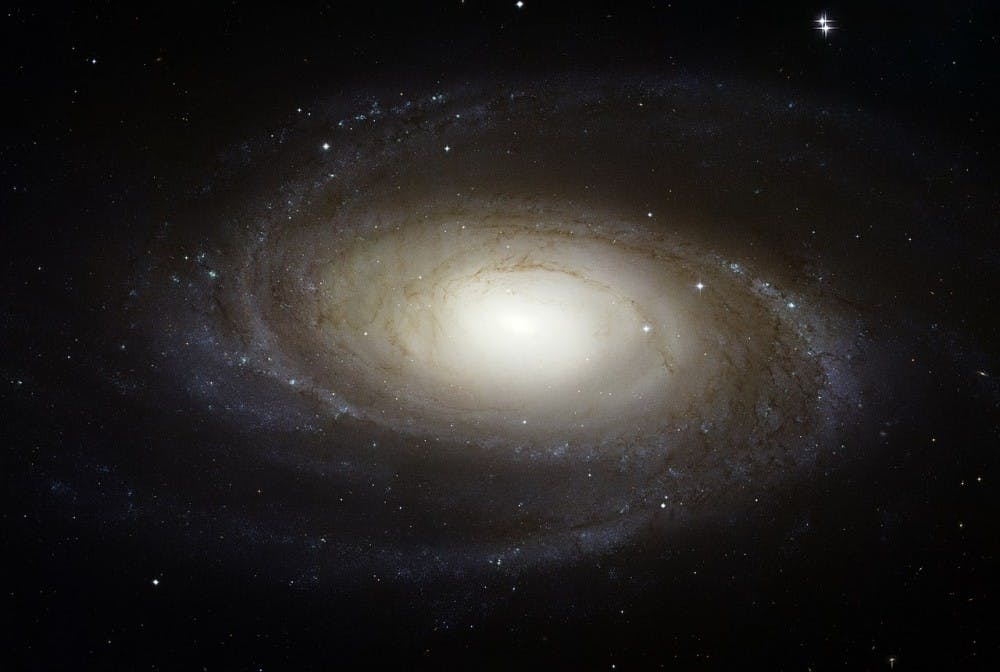The Hubble Space Telescope is a joint project between the National Aeronautics and Space Administration (NASA) and the European Space Agency (ESA) that was established in 1990 via a Space Shuttle mission STS-31 launch into low-Earth orbit. Throughout its 29-year lifespan, the telescope has contributed immensely to planetary studies, having made more than 1.3 million observations.
Another big discovery was made just weeks ago by astronomers initially aiming to study old and therefore faint stars in the NGC 6752 globular cluster. The scientists serendipitously stumbled upon the Bedin 1 dwarf galaxy located behind NGC 6752. The dwarf galaxy is only 30 million light-years away and is considered a part of our cosmic backyard.
An international team of astronomers made the discovery using the Hubble Telescope. The original objective was to examine and analyze white dwarf stars within NGC 6752 for the purpose of determining the age of the cluster. Upon further observation, however, a compact collection of stars was visible. The brightnesses and temperatures associated with the dwarf galaxy did not correspond with those in NGC 6752, so it was concluded that the dwarf galaxy was much farther away — perhaps millions of light-years farther.
This dwarf galaxy has taken on the name Bedin 1 and is characterized as a dwarf spheroidal galaxy since it is a modestly sized, elongated galaxy that measures about 3000 light-years at its greatest extent. This is minuscule compared to the size of the Milky Way, which is about 100,000 light-years across.
Dwarf galaxies are the most abundant type of galaxy in the universe, usually found as companions to larger galaxies. But despite their large quantities, they are usually hard to pick out in a telescope. Dwarf galaxies are separated into three main categories: dwarf elliptical galaxies, dwarf spheroidal galaxies and dwarf irregular galaxies. The dwarf elliptical galaxies have an elliptical shape, little to no gas and no evidence of recent star formation. The dwarf spheroidal galaxies are fainter and smaller than the dwarf elliptical galaxies, in addition to having more spherical than elliptical shapes. The dwarf irregular galaxies have considerable amounts of gas and dust as well as evidence of ongoing star formation.
Bedin 1’s categorization as a dwarf spheroidal galaxy makes its discovery that much more special, because they are the hardest to spot of the three dwarf galaxy types. Currently, 36 dwarf spheroidal galaxies are known to exist in the Local Group of galaxies, 22 of which are satellite galaxies of the Milky Way.
Bedin 1 has notable differences from the majority of dwarf spheroidal galaxies. It has a well-established distance and is considerably isolated, existing roughly 30 million light-years away from the Milky Way and two million light-years away from its nearest plausible large galaxy host, NGC 6744. These statistics make it possibly the most isolated small dwarf galaxy ever discovered. Astronomers also estimate the age of its stars to be approximately 13 billion years old, which is almost as old as the universe is. A statement from the Hubble website calls Bedin 1 “the astronomical equivalent of a living fossil from the early Universe.”
The Hubble Space Telescope is composed of instruments that allow it to make observations in the ultraviolet, visible and near infrared regions of the electromagnetic spectrum. It has the ability to take high-resolution images that have led to numerous breakthroughs, including the determination of the universe’s rate of expansion.
The Hubble Space Telescope has undoubtedly been vital to many discoveries despite its small field of view. This restriction causes few Hubble images to show faint objects, making Bedin 1’s finding that much more lucky.





